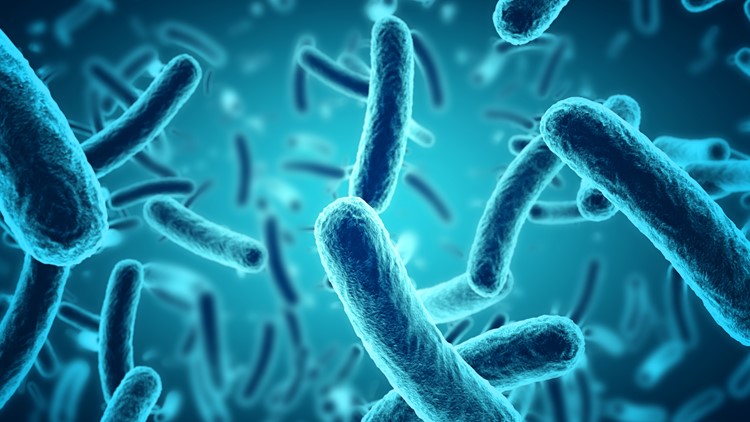HUNTSVILLE, Ala. — In recent weeks, a concerning trend has emerged in the food industry as salmonella outbreaks have been reported in cucumbers, basil, and various other food products. But what exactly is salmonella?
According to the Centers for Disease Control and Prevention (CDC), salmonella is a type of bacteria that can cause a range of health problems when ingested. Most commonly, people with a salmonella infection experience symptoms such as diarrhea (which can sometimes be bloody), fever, and stomach cramps. Other symptoms may include nausea, vomiting, or headaches. Symptoms typically happen within a window of 6 hours to 6 days after infection, lasting anywhere from 4 to 7 days.
Given the potential how bad salmonella infections can get, it's important to know when to seek medical attention. People should contact a healthcare professional if they experience any of the following:
- Diarrhea and a fever higher than 102°F
- Diarrhea persisting for more than 3 days without improvement
- Bloody stools
- Prolonged vomiting that prevents the intake of liquids
- Signs of dehydration, such as minimal urine output, dry mouth and throat, or dizziness upon standing up.
U.S. Food and Drug Administration (FDA) warns that during rare infections, salmonella can result in the organism getting into the bloodstream and producing more severe illnesses such as infected aneurysms, endocarditis and arthritis.
The CDC offers tips and methods for preventing salmonella infection. The germ can be in your food, including veggies like sprouts, eggs, poultry, and even processed foods like nut butters and frozen pot pies. Contaminated foods often look and smell normal, making it essential to stay informed on prevention. To stay safe, always wash your hands after touching animals or using the bathroom. And if you have salmonella, stay away from cooking.
Summer heat can ramp up the risk of salmonella sickness. With warmer temps and less refrigeration, bacteria can grow. Remember to chill perishables within two hours, or one hour if the temperature hits 90°F or higher. For more information on salmonella and food safety, visit here.



